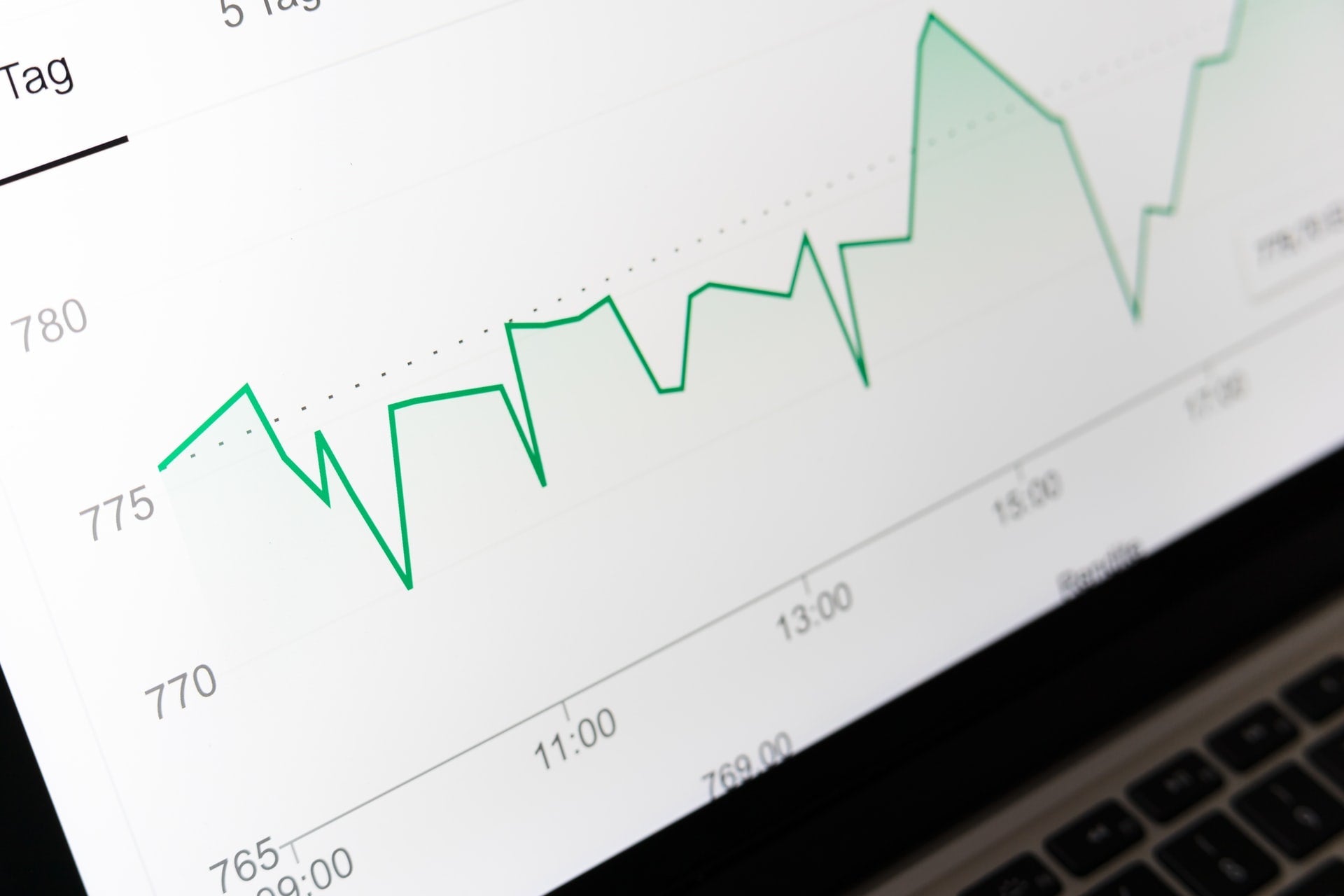Five more metrics ecommerce companies must look at
November 19

Performance tracking is key to the success of your business, and there’s few better ways to do that than by measuring your metrics using a BI tool.
We’ve discussed some of the key metrics to consider, and our Head of BI Alastair Sneddon is back with five more that you should prioritise measuring.
Incoming traffic
Every visitor to your website is coming from somewhere, whether that’s from a piece of paid promotion or coming across it in search results.
Traffic is one of the most valuable metrics to measure because it tells you where, exactly, those visitors are coming from, and in what volume. It’s a great tool for measuring SEO, too; if you’re not getting much traffic from general search results, that could be a sign you need to update your website with more relevant terminology to what you’re selling.
You can also check your traffic to get the most out of your advertising. Paid promotion might not be generating the clicks you thought it would, so you can take resources away from what’s not working and re-invest it into different areas of your marketing strategy.
Gross margins
You could make a million sales, but if there’s barely any profit, it’s not as much of an achievement as it sounds.
Measuring gross margins tells you exactly how much you’re making off of an individual sale, taking into account costs such as manufacturing and inventory. That way, you can better determine how sustainable your growth is.
It’s not just about whether a product is priced too low, either. An item could be cheap to produce but have a high price tag, meaning you can afford to reduce the cost to your consumer while increasing the quantity of sales.
Fast and slow moving products
A BI tool is great for insights into how products are selling - or not selling. Data from your website can show the popularity of certain products against others, and through that, you can draw conclusions about why some things are selling and others aren’t.
Say you’re a fashion brand and you release a dress exclusively for the Christmas period. If you’re not moving much of it, you can look at the data and confirm whether you need to slow production of that item so you’re not spending more than you make. You can then apply those conclusions to the next year and avoid making the same mistakes.
Equally, you’re clearly doing something right if an item is flying off your virtual shelves. If that’s the case, you can attempt to replicate your success with future products.
Profiling returning customers
48% of all ecommerce transactions are from repeat customers, so it’s important to discover what it is that makes people come back for more - and how to turn those one-time visitors into loyal fans.
Looking at your customer retention can provide some interesting insights into the success of your store. For example, if you notice you’ve lost a lot of returning customers in a single month, it could be because of a campaign or sale you’ve released which hasn’t resonated with them. Perhaps your Black Friday sales aren’t up to scratch compared to your competitors, and it’s making you lose your repeat customers.
Site speed
One of the quickest ways to lose a conversion is your website’s load speed. Nearly half of visitors will leave your site if it takes three seconds to load, so it’s a key metric to monitor.
Some pages take longer to load than others, and figuring out which ones are the worst offenders is something you can do with a BI tool.
From there, you can narrow down what the issue is. Some ecommerce companies fill their websites to the brim with graphics and animations which can severely impact your load speed, so it might be worth simplifying your design.
If you’re looking for a tool to help you measure your ecommerce business’ metrics and performance, Patchworks BI provides your company with a broad insight into your data and can help you multiply your growth.
For more information on Patchworks BI, contact our team of experts.












